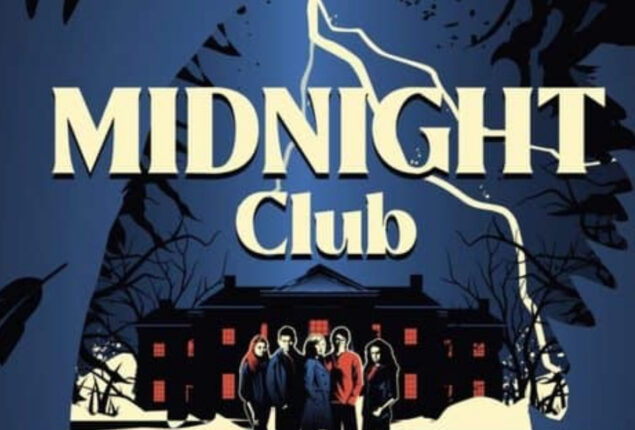Review: Dooku and Ahsoka’s pasts are revealed in “Tales of the Jedi”
Tales of the Jedi sheds light on the Jedi's ignorance and how...

“The Midnight Club” the book and the show
With his teen horror series The Midnight Club on Netflix, master storyteller Mike Flanagan has expanded his “Flanaverse.” On October 7th, 2022, the streaming service made available all 10 episodes, each of which was partly based on Christopher Pike’s 1994 novel of the same name. The Midnight Club has already gained some fame after two years of filming, and viewers are curious whether there will be a second season. While viewers wait to see if Brightcliffe’s secrets will be solved on television, the popularity of the show does necessitate an examination of how closely it mirrored the source material and some significant areas where it varied.
Ilonka Pawnuk’s point of view is used in both stories, which center on a group of close-knit, terminally sick youngsters who live at a hospice house, yet the book is by no means scary. The sub-stories Ilonka and her companions tell have some “spooky” aspects, such as the occasional cold spot, and some supernatural components, but nothing that would classify the book’s genre as “Horror.” Instead, a compelling yet somber short story about a group of young adults coming of age and coming to terms with their impending mortality is given to us. They form “The Midnight Club” to share stories with one another in the Rotterham Hospice study as a way of coping with this.
The book is a little more direct in addressing it, notably through Ilonka, but both media uphold the story’s original theme of accepting death. The gang makes the same promise as in the television version, saying that the first to pass away would leave a message for the others, commencing with Anya’s passing. Both stories provide an explanation that, in essence, disproves the existence of a hereafter.
Here, Pike substitutes Kevin for taking Anya’s possessions out of her room for the show’s reveal that Sandra was actually speaking across the intercom as “Tristan.” This occurs while Ilonka is sleeping and was created for the same reasons as the show. However, Anya’s sculpture magically restoring its lost leg in both renditions maintains the ambiguity of life’s ultimate ending.
The main plot involving the Paragon, The Five Sisters, and Shasta/Julia Jayne is unique to the show when it comes to rituals. The ritual described in the book is based on an idea that Ilonka received during one of the numerous dreams she has in the book, and it is carried out by members of The Midnight Club. The members hug and exclaim “I belong to you” to one another in a more condensed version of the Netflix group’s opening cheers. It serves as a reassurance that they are not forgotten and that they are not alone.
The Midnight Club in the novel was just recently founded by Ilonka, Kevin, and Spencer, as opposed to the “generational” organization with rotating members as it is in the television show. Since one of them already had a friendship with one of the initial members, Anya and Sandra joined in later. The book has the group take turns throughout the night as they tell a range of tales, which tend to be affected by each narrator’s background, as opposed to the show’s group allocating each night to a single member delivering ghost stories based on Christopher Pike’s prior works. Only Anya’s “The Devil and Dana,” which is called “The Two Danas” in Flanagan’s story and perfectly suits the show, is taken verbatim from the novel.
Catch all the Entertainment News, Hollywood News, Movies News, Breaking News Event and Latest News Updates on The BOL News
Download The BOL News App to get the Daily News Update & Follow us on Google News.